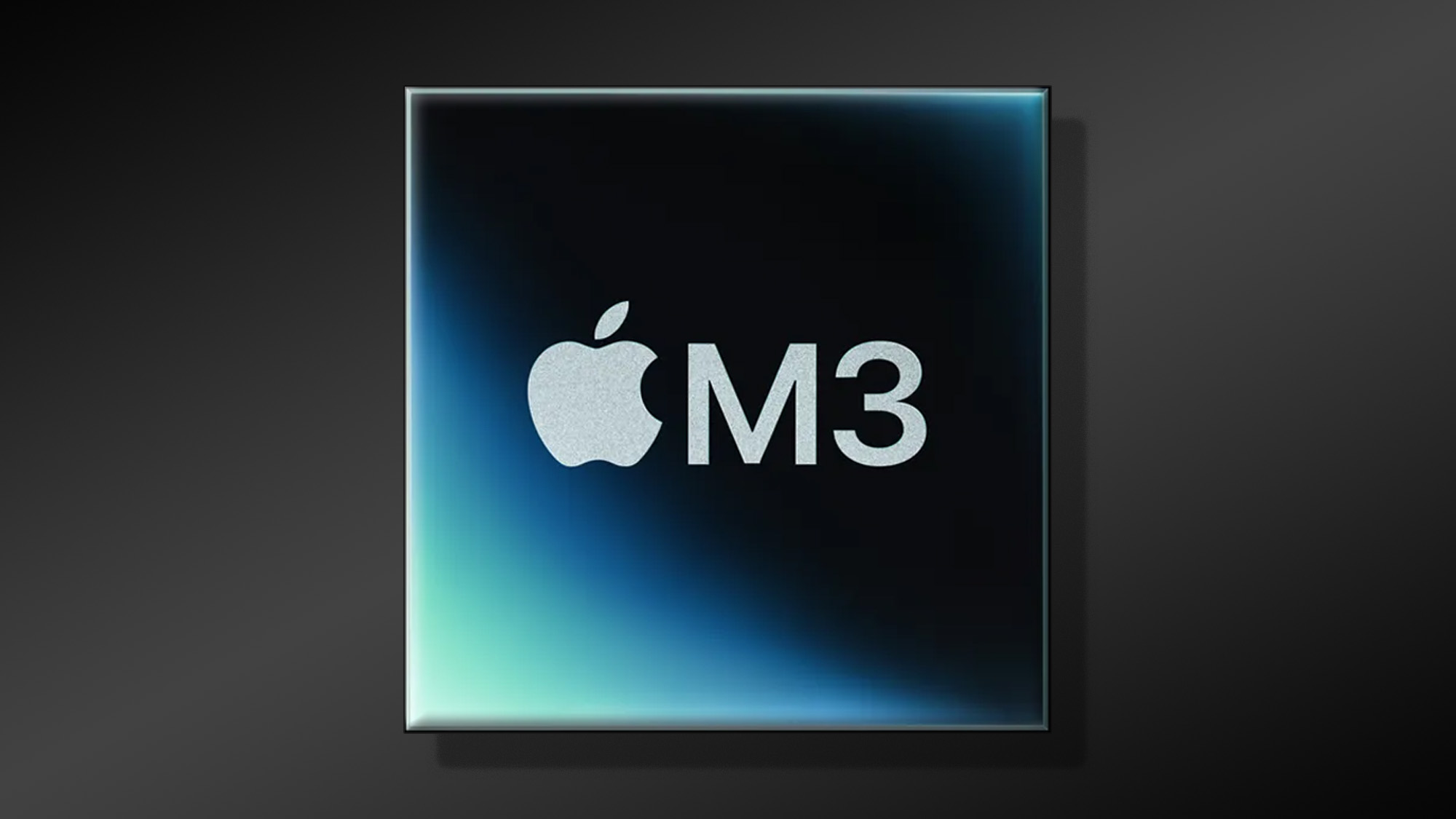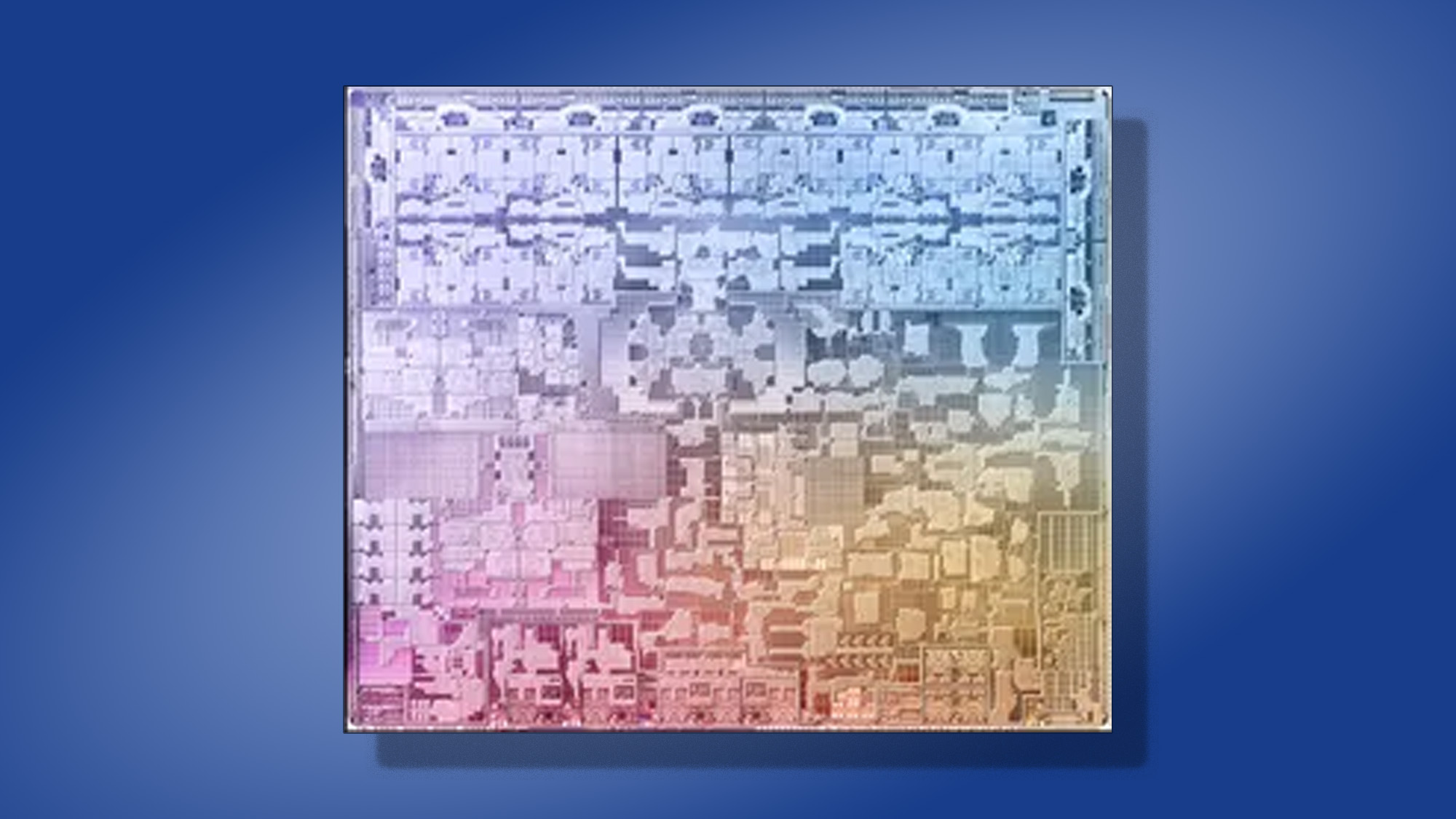Apple M3 chip: everything we know
What exactly will Apple's next chips be capable of?

Read up on all the developments from the Apple Scary Fast event as it happened.
The Apple M3 chip is official, along with the Apple M3 Pro and Apple M3 Max, and it's the largest advance in Apple's processor technology yet.
The announcement at the Apple Scary Fast event was a late October surprise from the Cupertino giant, seeing as many of the rumors around the new chip put it out into 2024 at the earliest.
What's more, rather than stagger the chip releases over a year as Apple has done in the past, we now have three major processors to dig into, and given the specs there's no doubt that these are the best processors Apple has ever put out.
So what do we know about the follow up to the Apple M2 chip? Quite a lot, as it turns out, so let's dig in.
Apple M3 chip: Cut to the chase
- What is it? The follow-up to 2022’s Apple M2 chip
- When is it available? Pre-orders live now, ships November 7
- What does it cost? Won't sell on it's own, but an iMac (2023) starts at $1,399 (around £1,150, AU$2,200) while the MacBook Pro 14-inch with M3 starts at $1,599 (around £1,330, AU$2,320).

Apple M3 chip: Release date
The Apple M3 chip won't sell on its own, but the new iMac (M3) and Apple MacBook Pro 14-inch with M3 processor went up for pre-order as soon as they were announced on October 30, 2023, and will be available in 27 countries around the world to start, with more to come at a later date.
While pre-orders are live right now, purchasers will have to wait just over a week to actually get their hands on any new hardware with the Apple M3 chip - as the new iMac and MacBook Pro 14-inch will start shipping out from Tuesday, November 7.
From that date, you should be able to go into an Apple Store and pick up the new iMac, or buy it from a non-Apple retailer, such as Best Buy or Amazon.
Sign up for breaking news, reviews, opinion, top tech deals, and more.
Apple M3 chip: Price
The Apple M3 chip will not sell on its own, but will instead power the new iMac (2023) and 14-inch MacBook Pro. An iMac (2023) with M3 starts at $1,399 (around £1,150, AU$2,200) while the MacBook Pro 14-inch with M3 starts at $1,599 (around £1,330, AU$2,320).
There's no word yet on the MacBook Air or Mac mini, though we expect that those devices will eventually get upgraded to the Apple M3 at some point down the road, and should cost less than Apple's flagship Mac devices.

Apple M3 chips: Specifications & performance
In terms of specs, there's a lot to say about the new Apple M3 chip. First, we know that it will feature the same 8-core CPU architecture as the M2 chip (four efficiency cores and four performance cores), but Apple has said that it will be faster than previous M-series chips.
Which it should be, given that it's the world's first 3nm consumer-grade processor to hit the market, compared to the 5nm Apple M2. This has allowed Apple to squeeze in 25% more transistors onto the SoC (25 billion compared to 20 billion).
We don't have an official clock speed for the M3 yet, but the Apple M2 max clock speed topped out at around 3.5GHz, so we should expect it to exceed that by a decent margin. Apple claims that the M3 chip is up to 35% faster than the Apple M1 chip, and the Apple M2 was about 18% faster than the M1, so we're looking at pretty straightforward gen-on-gen improvement in terms of CPU performance. The M3 will likewise max out at 24GB unified memory, just like the Apple M2 and Apple M1.
Apple is getting these performance gains while also increasing the energy efficiency of its latest chip, so Apple promises you can still get roughly the same battery life out of the MacBook Pro as you do with the Apple M2 chip.
Where things are going to diverge substantially with the Apple M3 is with its GPU. The Apple M3 chip's GPU will be Apple's first silicon to feature hardware-accelerated ray tracing, mesh shading, as well as something it calls Dynamic Caching, which better allows the GPU to allocate memory more efficiently. This latter technology should greatly improve memory performance for GPU-intensive tasks like gaming and 3D rendering.

John (He/Him) is the Components Editor here at TechRadar and he is also a programmer, gamer, activist, and Brooklyn College alum currently living in Brooklyn, NY.
Named by the CTA as a CES 2020 Media Trailblazer for his science and technology reporting, John specializes in all areas of computer science, including industry news, hardware reviews, PC gaming, as well as general science writing and the social impact of the tech industry.
You can find him online on Bluesky @johnloeffler.bsky.social